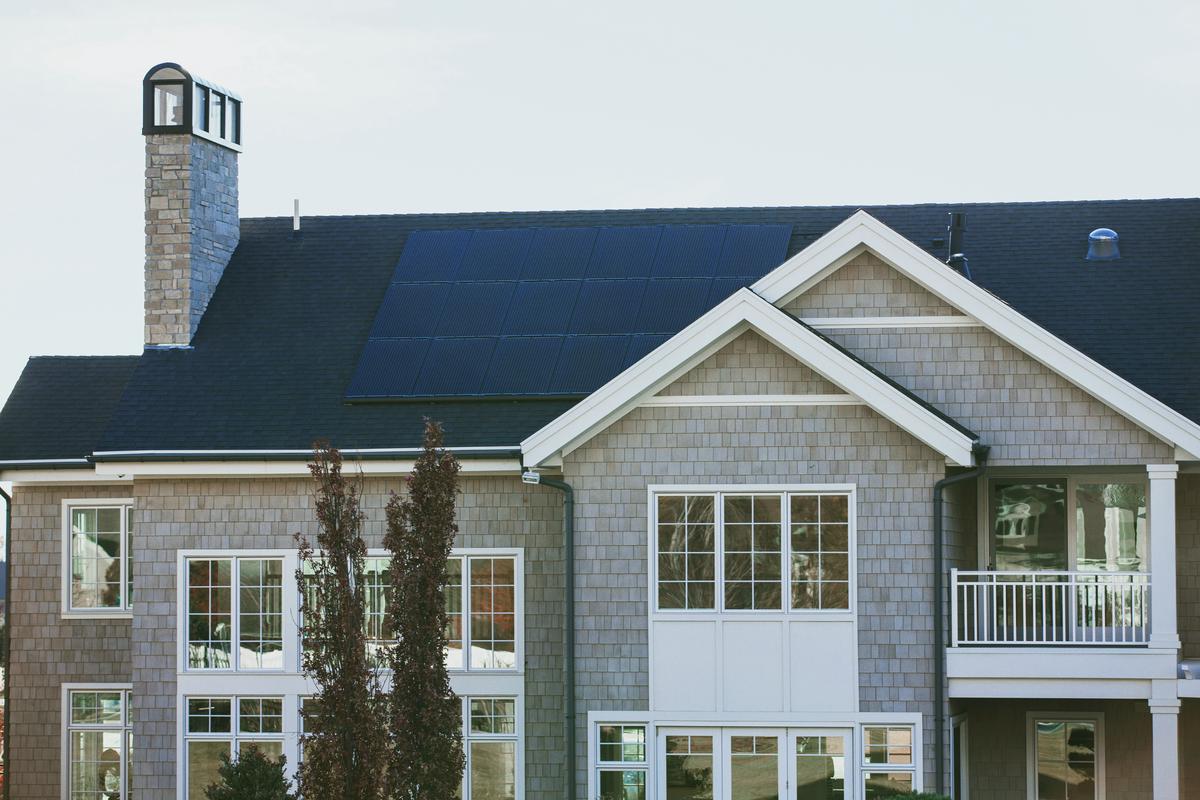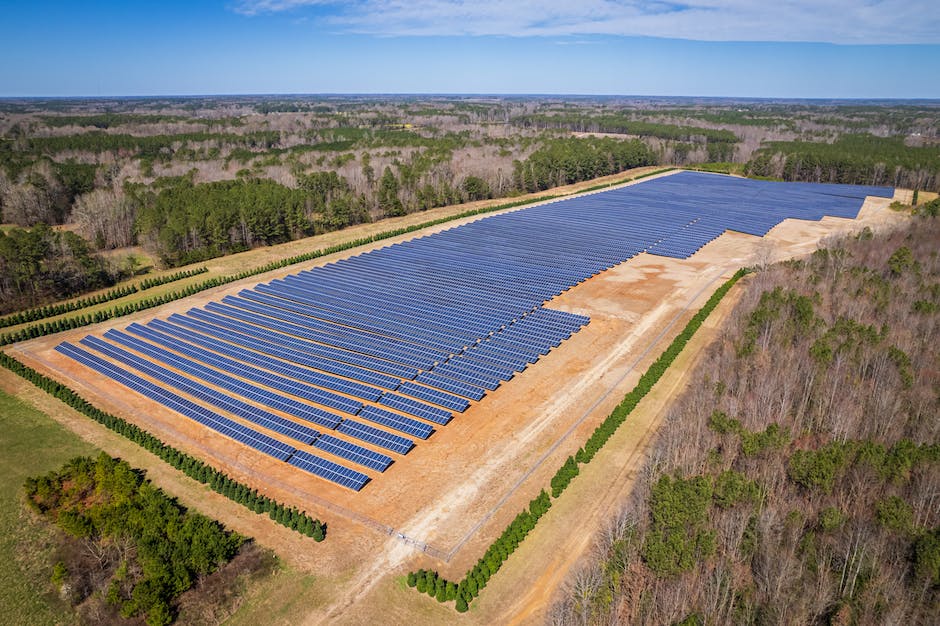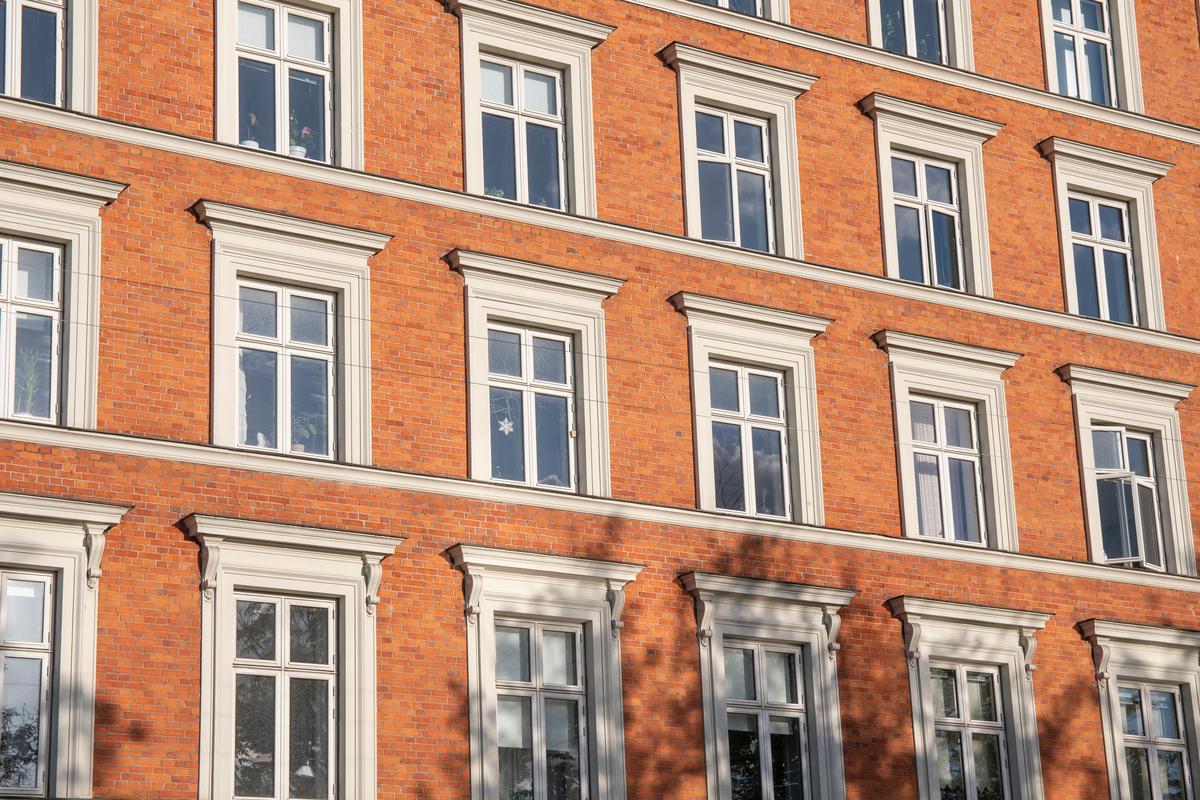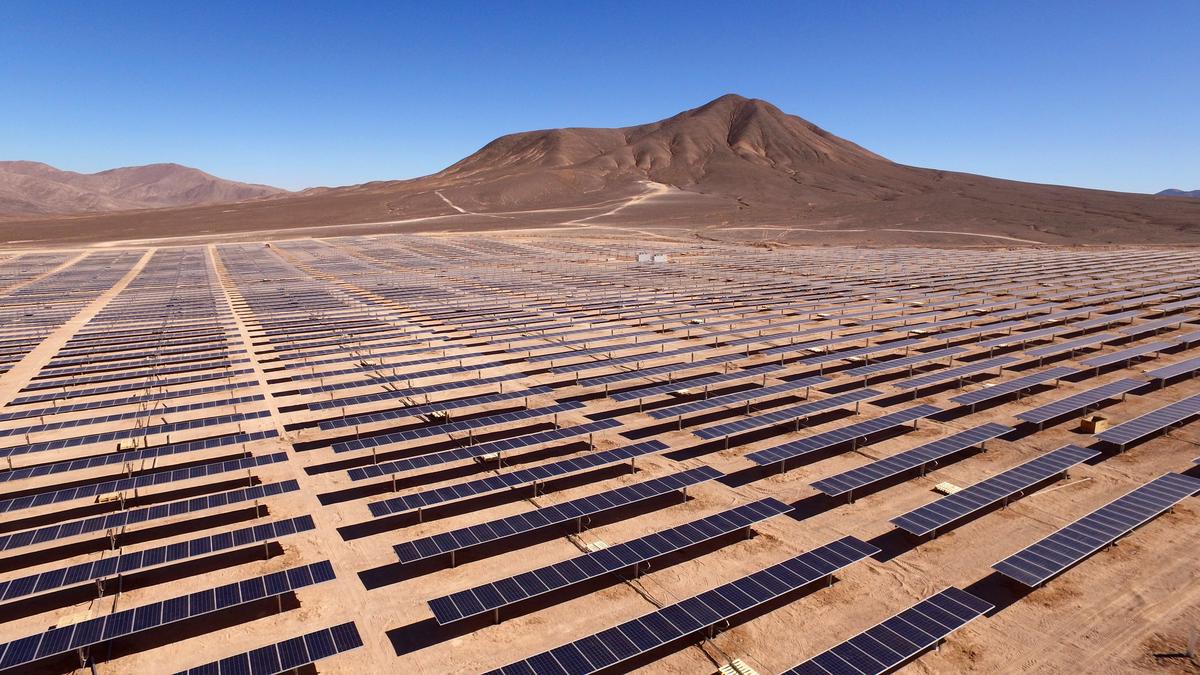As we collectively look to more sustainable practices, solar panels become increasingly prevalent in our homes and businesses. Particularly for rental properties, solar panels can offer myriad benefits; from sizable long-term energy savings to tax benefits. This piece will delve into the complexities of these benefits, as well as cost considerations, maintenance, responsibilities and regulations that tie into the topic. We’ll embark on a comprehensive journey into understanding the ins and outs of solar panel expenses on rental properties.
Benefits of Solar Panels on Rental Properties
Understanding Solar Panel Expenses on Rental Properties
Solar installations can be a substantial investment, the cost of which varies significantly depending on the size of the house, the type of solar panels, and the overall energy requirement. Costs have declined over the last several years, making them an appealing investment for rental properties. Several financing options for solar panels have emerged over time, such as leases, power purchase agreements, and solar loans, making them more accessible.
According to EnergySage, as of 2020, the average cost of solar panels in the United States is about $2.81 to $3.22 per watt. A typical home requires a 6kW to 8kW system, which means the average cost can range from $10,068 to $16,584 after tax credits. Maintenance costs are relatively low; most reputable solar panels come with warranties, and they are designed to withstand harsh weather conditions for over 20 years.
Long-term Energy Savings From Solar Panels
One of the main benefits of installing solar panels on rental property is the potential for long-term energy savings. Despite the initial cost, solar panels often pay for themselves over time through reduced utility bills. Energy-saving applies to both owners and tenants. Lower utility bills make rental properties more attractive to potential tenants, and can potentially enhance rental income for the property owner.
Sustainable Energy Consumption
By generating power from the sun, solar panels contribute to a decrease in greenhouse gas emissions. This sustainable form of energy consumption can help property owners promote their rentals as environmentally-friendly, an increasingly popular selling point as renters become more conscious about their environmental footprint.
Potential Tax Benefits
Owners of rental properties who install solar panels may also qualify for significant tax benefits. Investment Tax Credit (ITC), also known as the federal solar tax credit, allows property owners to deduct 26% of the cost of installing a solar energy system from their federal taxes.
Some states offer additional incentives including further tax credits, cash rebates, and property tax exemptions for solar energy, which can reduce the initial cost of the system installation.
The Surge of Solar Energy in the Rental Market
With an increased interest in being environmentally friendly and cost-efficient, many renters are now seeking rental properties equipped with solar panels. This trend has been encouraged further by “Solarize” campaigns, initiated by several states and cities, to promote the use of solar energy. This presents a unique opportunity for landlords and property owners to increase both rental income and property value by investing in these renewable energy systems. Not only does it yield protection against increasing energy prices, it also enhances the appeal of the properties to potential renters.
Nevertheless, it’s important for landlords to consider a few factors before investing in solar panel systems for their rental properties. These include the age and condition of the property, its geographical location and climate, and the current and future energy needs of the tenants. Consulting with a solar professional or a financial advisor might provide useful insights on cost-benefit analysis.
Despite the substantial initial investment, the long-term advantages of outfitting rental properties with solar panel systems could serve to balance out the initial expenses. These benefits extend to enduring energy savings, potential tax credits, and an enhanced demand amongst eco-minded renters.

Photo by vivintsolar on Unsplash
Initial Costs and Return on Investment
Comprehending the Costs of Solar Panels
One substantial upfront cost involved in establishing solar panels on rental properties constitutes the cost of the panels themselves. The average rate for residential solar panels in the U.S. fluctuates between $2.51 and $3.31 per watt, prior to any tax credits or incentives. For a conventional 5 kilowatt (kW) residential solar panel system, this would result in a gross cost somewhere in the range of $10,050 to $16,550. However, this investment is subject to variation depending on factors such as the size of the property, the amount of electricity consumed, and the ranking of the solar panels chosen.
Installation Fees
Besides purchasing the panels, there’s also the cost of labor and installation to consider. On average, the installation fee can range from $3,500 to $6,000. The specific cost depends on a variety of factors, including the complexity of the project, the number of panels, the type of roof, and the company completing the installation. Some companies may bundle the cost of the panels and installation into one price, so it’s important to take this into account when comparing prices.
Necessary Property Upgrades
Occasionally, rental properties may require additional modifications to accommodate the solar panel system. For example, the roof may need to be reinforced or replaced, or the property may need electrical system upgrades. An older property with outdated electrical features might require a comprehensive upgrade, including rewiring the house and replacing the electric panel, which can cost anywhere from $3,000 to $5,000. A roof replacement can cost upwards of $5,000, depending on the size of the roof and the materials used.
Expected Return on Investment
While the initial costs of solar panels might seem high, it’s important to consider the return on investment (ROI). An average solar panel system can save around $1,000 per year in electricity bills. Therefore, the initial costs could be recuperated in just 10 -15 years. What’s more, if the system is generating more electricity than the property requires, some states and power companies will buy back the excess, further speeding up the ROI timeline.
Reducing Monthly Energy Bills
Installing solar panels can drastically decrease monthly energy costs. Savings can fluctuate broadly, dependent on the efficiency of the panels, the size of the system installed, the amount of sun exposure at the property, and the overall energy consumption at the site. On a median scale, property owners may see savings anywhere from $10,000 to $30,000 over the life span of the panels. When it comes to rental properties, these savings could translate into a higher rental price, or be utilized to counterbalance other property expenditure.

Maintenance and Durability of Solar Panels
A Look at Solar Panel Maintenance
In comparison to other energy alternatives, the costs of maintaining solar panels are considerably lower. The major aspect to consider is keeping the panels clean and devoid of debris. With no moving parts, solar panels encounter fewer issues relating to wear and tear, subsequently driving down maintenance outlays.
Even though property owners could perform the cleaning activities using a hose or leaf blower, it’s generally recommended to invest in professional cleaning services, especially in regions where snowfall is substantial, to avert potential damage to the panels. Obstacles such as dust, dirt, or snow can interfere with the sunlight reaching the panel, negatively impacting their productivity.
These costs can vary greatly, contingent upon factors such as system size, location, and the season. On average, costs for professional solar panel cleaning services usually hover between $10-$20 per panel.
Common Issues and Repairs
Solar panels are generally very dependable and long-lasting. However, occasional technical problems can occur. One common issue is inverter failure, as the inverter is a component that tends to have a shorter lifespan.
Micro cracks or hot spots may also form in the solar cells, caused by poor manufacturing, handling, or severe environmental conditions. Damage from natural disasters such as hurricanes or hailstorms also pose potential issues.
Electrical connections can corrode over time, potentially leading to power losses or safety hazards. Regular inspection can help identify such issues early. The cost of these specific repair tasks can range from $200 to $1,000, again largely dependent on specific conditions and requirements.
Preventative Maintenance
Preventive maintenance reduces the risk of unplanned downtime and significant repair costs. It involves regular inspection of the solar panel system, including the panels, mounting equipment, wiring system, and the inverter.
The average price for a solar panel inspection tends to sit around the $150 mark, but this changes depending on the size and accessibility of your system. Not taking care of the system could result in a voided warranty.
Understanding Solar Panel Expenses and Longevity
Solar panel systems are designed to last for approximately 25 to 30 years. This doesn’t imply that they will cease generating electricity after this period, rather their efficiency will decrease to a level deemed substantially lower by manufacturers. There are even instances of panels lasting up to 40 years with proper maintenance and quality panels.
The initial installation fee of a solar panel system is often the primary expense. Based on the size of the property and its energy needs, this fee typically falls between $15,000-$25,000.
The financial benefits of a solar system come in the form of offset electricity bills on rental properties and potential government tax incentives. Depending upon these factors, the system might pay for itself within a span of 7-20 years.
In conclusion, while the initial cost of installing a solar panel system on a rental property might seem high, it’s important to consider the prolonged savings in electricity bills, lower upkeep costs, and possible tax benefits that make it a wise investment in the long run.

Responsibility between Landlords and Tenants
Implications of Solar Power Usage in Rental Properties
Introducing solar panels to rental properties adds interesting facets to the landlord-tenant dynamic. Key considerations include the division of duties and costs associated with maintaining, repairing, and using the solar energy provided by the panels.
Landlord Responsibilities
Generally, in most lease agreements, the landlord is expected to oversee all significant maintenance and repair duties related to the property. This principle extends to the solar panels installed on the property. It is the landlord’s responsibility to ensure that the panels are in working order, safe, and are doing the job they were installed to do – that is, provide a source of renewable electricity to the property.
In the context of solar panels, the landlord needs to arrange for regular servicing, manage warranties, and get the panels repaired if they break down or get damaged. The landlord must ensure the panels are running optimally as their performance can significantly affect the property’s power supply.
Tenant Responsibilities
On the tenant’s part, they are responsible for maintaining the solar panels in good condition while in use. This includes cleaning the panels and reporting any issues to the landlord as soon as they are detected. Failure to report issues may exacerbate the problem, leading to expensive repairs or replacements that could have been avoided with early detection.
Cost Division and Lease Agreement
Now then, who pays for what? For the installation and initial setup cost of the solar panels, it is typically the landlord who shoulders these expenses. This is because solar panels are considered a significant improvement to the property value. Furthermore, the landlord stands to gain from potential tax benefits and incentives provided by the government for renewable energy projects.
For the ongoing costs, it varies. The landlord typically covers the costs for general maintenance, repair, and replacement, just like they would for any other structural property elements.
However, when it comes to the costs associated with the solar power generated by the panels, the division can be complicated. The stipulations can vary greatly depending on the lease agreement drawn. Sometimes, the landlord might include the cost of power generated by the solar panels as part of the rent, or they might charge an additional fee to the tenant for its use on top of the rent.
Other scenarios involve the tenant paying a reduced utility fee to the power company since a portion of the electricity is generated by the solar panels. In other instances, the solar power reduces or even cancels out the tenant’s electricity bills, with only a minimal maintenance fee to be paid to the landlord.
All these financial aspects should be clearly stated in the lease agreement, detailing the tenant’s obligations and rights in terms of using solar power. This eliminates any confusion or disputes later on. Fundamental considerations should include how much power can be used, what happens when the panels produce surplus power, and how the panels should be maintained.
Integrating solar panels into rental properties can present a mutually beneficial scenario for landlords and their tenants. By adding solar panels, landlords not only uplift their property’s value but could also benefit from specific government incentives. Concurrently, tenants can enjoy a substantial decrease in their electricity expenses. As is the case with any emerging technology, maintaining clear dialogue and transparency in the allocation of responsibilities and costs is fundamental for a successful transition.

Applicable Laws and Regulations
Comprehending the Cost Factors of Solar Panels for Rental Properties
For property owners and renters aiming to make an eco-friendly shift, it’s essential to understand the expenses related to installing solar panels on rental properties. Factors such as local building codes, necessary permits, and diverse government regulations specific to solar panel installations, especially on rental properties, must all be well-considered.
Building Codes and Permits
The process of installing solar panels isn’t as simple as purchasing and fitting them onto your rooftop. There are certain building codes and permits that must be attained before proceeding with the installation. These codes vary greatly depending on the state and even from city to city. Generally, they entail guidelines about panel placement, installation requirements, and limits to the number of panels you can have.
For instance, codes may stipulate that panels shouldn’t exceed the highest point of the roof or be installed within a certain distance from the roof’s edge for safety reasons. You may also need permits for the solar panel installation, typically from your local building department. The permit process may require plans, property inspections, and installation by a certified professional. Therefore, it’s essential to research or consult a professional on the specific regulations in your local area before proceeding.
Governmental Regulations
Government regulations often mandate how solar energy created by your panels is metered and fed back into the grid. Net energy metering (NEM) is a common mechanism in many states, which allows solar energy system owners to bank their excess electricity onto the grid and receive credit on their bills. However, the rules surrounding NEM programs differ from state to state.
Furthermore, some states also have specific regulations tied to solar installations on rental properties. Landlords and tenants may need to agree upon who will shoulder the costs, reap the benefits, and undertake maintenance responsibilities for the solar system. Legal contracts called Solar Lease Agreements or Solar Power Purchase Agreements could be utilized in these scenarios.
State or Regional Incentives
Solar panel installation costs can be substantial. However, numerous state or regional incentives can reduce these expenses. For example, the federal government offers an Investment Tax Credit (ITC) for solar energy systems installed on residential properties. This means that homeowners can deduct a portion of their solar costs from their taxes. This incentive has been a massive drive for solar installation across the U.S.
In addition to federal incentives, many states also offer additional tax credits, rebates, and grants for renewable energy. This could significantly reduce the out-of-pocket costs for installing solar panels. Programs like Property-Assessed Clean Energy (PACE) financing allow property owners to finance energy efficiency and renewable energy improvements on private property through property taxes.
Specific rebates or incentives are contingent based on location, so it’s crucial to research local programs. EnergySage and Database of State Incentives for Renewables & Efficiency (DSIRE) are comprehensive resources where you can check for state and local incentives for solar installations.
Overall Considerations
Overall, it’s essential to weigh the upfront costs against the potential savings and other benefits offered by these incentives when considering installing solar panels on rental properties.

Overall, the transition to solar power in rental properties is a multifaceted decision that tangles both financial and ethical wires. While initial upfront costs, maintenance means, and regulatory structures may seem like a formidable task, the potential energy savings, environmental benefits, and tenant appeal can offset these hurdles. Implementing solar panels may not just be a step towards sustainable living; it could well be a strategic move for landlords looking to elevate their properties. As we stride forth into the era of renewable energy, understanding the nuances of solar panel expenses on rental properties is an unmissable step.
